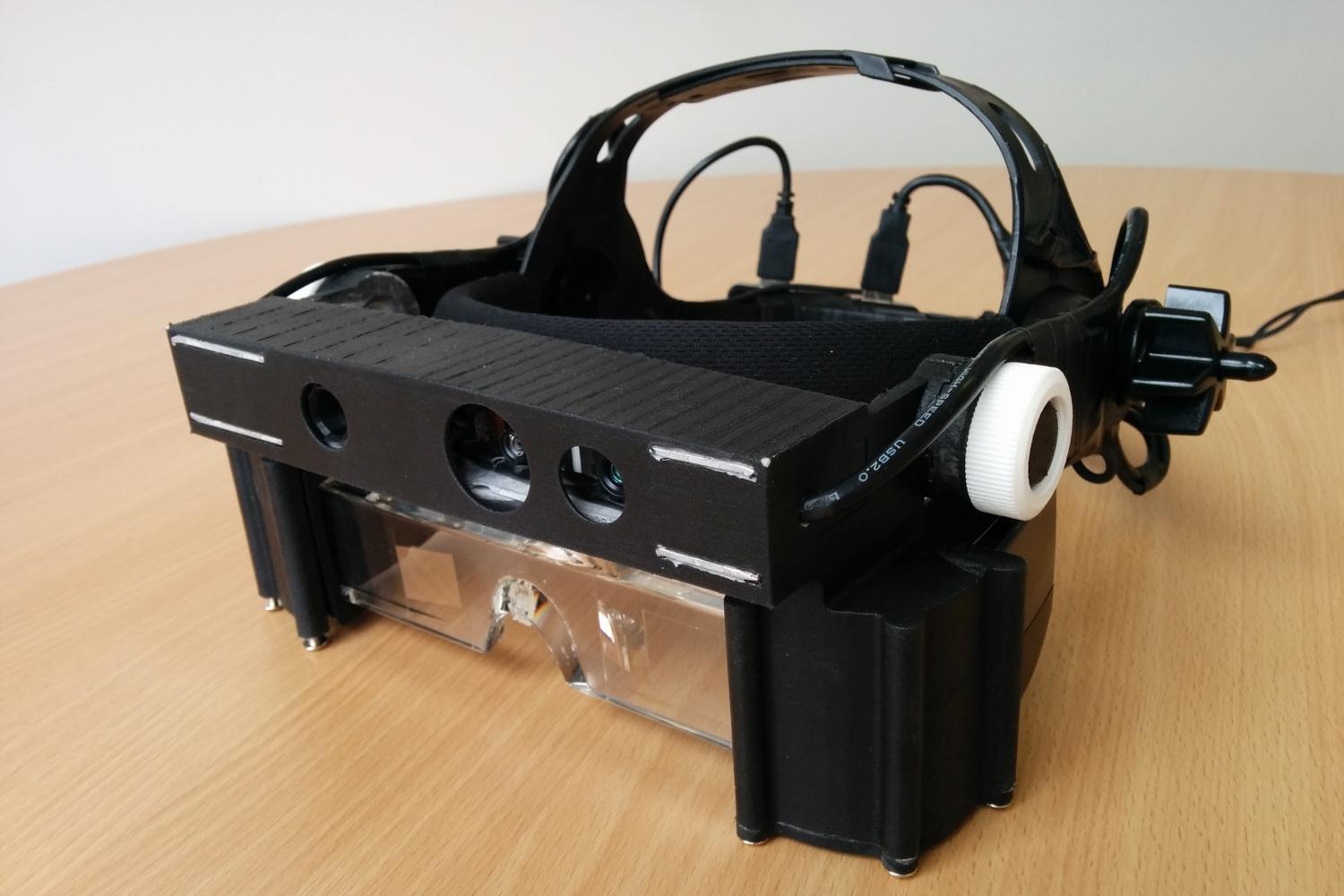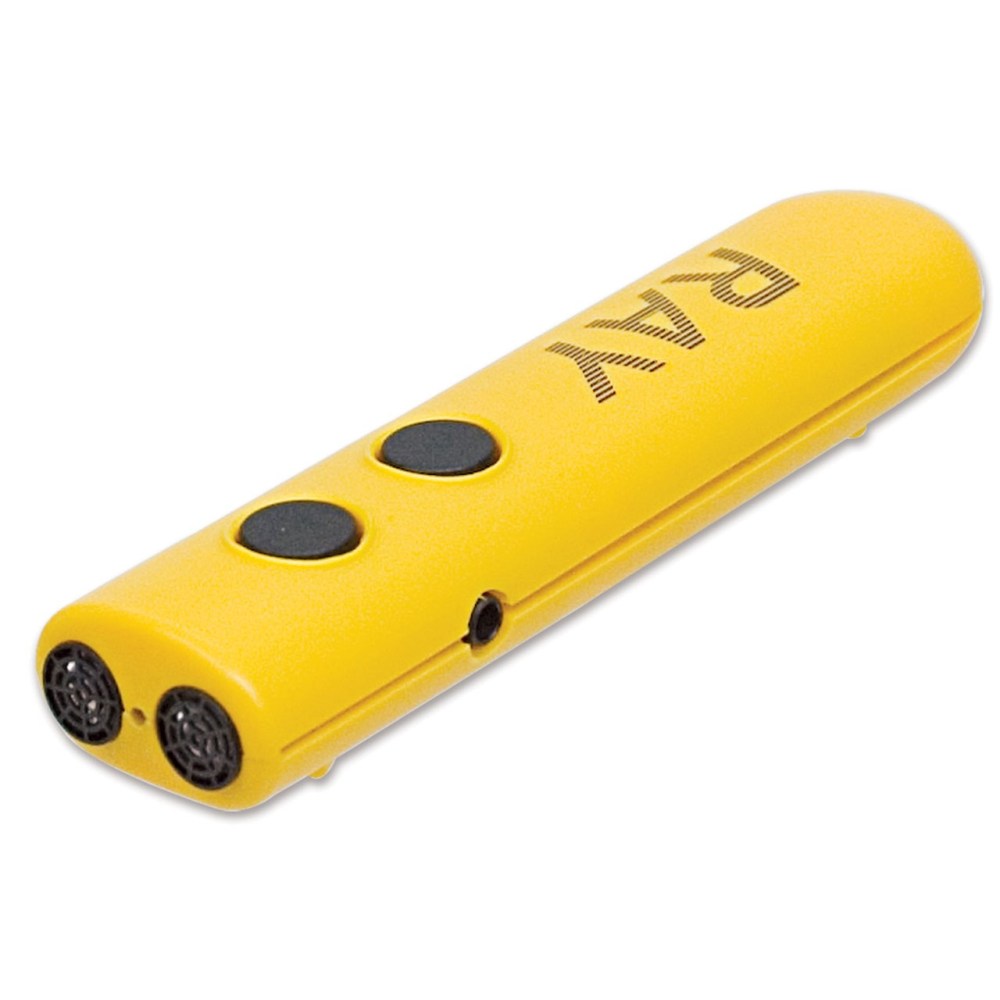AI-Powered Visual Aids: Enhancing Autonomy for Blind Users
AI-Powered Visual Aids: Enhancing Autonomy for Blind Users
Blog Article
Empowering Freedom With Assistive Modern Technology for the Blind
The integration of assistive technology right into the lives of people with aesthetic problems represents a considerable innovation in promoting independence and self-sufficiency. From ingenious display readers to innovative clever walking canes, these devices not only improve everyday navigating and interaction yet also encourage individuals to involve meaningfully in various aspects of life. As we explore the myriad benefits and real-world applications of these modern technologies, it comes to be essential to examine the hidden elements that add to their effectiveness and the possibility for future developments in this essential field.
Introduction of Assistive Technology

The advancement of assistive innovation is based in concepts of inclusivity and empowerment. Innovations in software application, hardware, and sensory improvements provide individuals with alternatives customized to their details demands. From screen viewers that transform text to speech, to tactile devices that convey details with touch, these tools change the means individuals engage with their surroundings.
Along with practical applications, assistive modern technology cultivates greater social incorporation and engagement in numerous markets, consisting of education and learning and employment (Wearable technology for low vision). As study and advancement proceed to advance, the capacity for assistive innovation to even more enhance the lives of visually damaged individuals remains promising, paving the means for a more equitable culture where everybody can flourish
Sorts Of Assistive Devices
A variety of assistive gadgets have actually arised to sustain people with visual disabilities, each developed to satisfy specific needs and boost day-to-day functioning. These devices range from low-tech options to high-tech technologies, providing varied choices for customers.
Low-tech devices include magnifiers and large-print materials that assist in reading and writing. Braille tools, such as Braille styluses and slates, enable responsive reading and communication. Alignment and mobility help, like white canes, help users browse their environment securely.
On the higher end of the spectrum, digital magnifying systems and display viewers provide substantial support. Electronic magnifiers allow individuals to increase the size of text and pictures on screens, while display viewers convert digital material into synthesized speech, helping with accessibility to info on computer systems and smart devices.
Smartphone applications additionally play a vital function, giving functions like text recognition and navigating aid. Wearable technology, such as clever glasses equipped with increased fact, is arising as an encouraging tool to improve situational awareness.
Advantages of Assistive Innovation
The integration of assistive innovation significantly boosts the high quality of life for individuals with visual disabilities. These technologies empower customers by advertising self-reliance, allowing them to navigate their atmospheres more effectively and execute daily tasks with better simplicity. Screen visitors and magnifying software enable individuals to gain access to digital details, cultivating specialist and instructional chances that might have formerly been out of reach.
Furthermore, assistive devices such as smart walking canes and GPS applications offer real-time navigating support, boosting movement and safety and security. This enhanced autonomy not only enhances self-esteem but also urges social interaction, enabling users to take part even more fully in their communities.
Assistive technology also helps with interaction, aiding individuals get in touch with others with voice acknowledgment and text-to-speech applications. This ability is essential for keeping connections and accessing critical info.
In addition, the modification options readily available with many assistive modern technologies make certain that customers can tailor devices to their particular requirements, even more enhancing usability and efficiency. On the whole, the benefits of assistive modern technology for people with visual problems are profound, promoting a much more inclusive society where everybody can pursue their goals and goals.
Study and Success Stories
Highlighting the transformative influence of assistive innovation, countless study show just how individuals with visual problems have actually effectively incorporated these devices into their visit their website day-to-days live. One engaging instance involves a college pupil who utilized screen reading software program to navigate on-line resources eye exam prices near me and scholastic products properly. This innovation not only promoted her education yet additionally improved her confidence in joining conversations and team tasks.
One more study includes a professional that employs a smartphone application developed for navigating and things recognition. By utilizing this app, he has reclaimed freedom in both his personal and job atmospheres, enabling him to commute individually and engage with associates more effectively.
Additionally, a retiree shared her experience with braille e-readers, which enabled her to access a substantial range of literary works and stay gotten in touch with her wikipedia reference neighborhood via publication clubs.
These success tales underscore the vital duty of assistive technology in promoting self-reliance, boosting lifestyle, and advertising social integration for individuals with visual problems (Speech-to-text devices for low vision). By welcoming these innovative devices, individuals can get rid of obstacles and take opportunities that contribute to their personal and expert satisfaction

Future Trends in Assistive Innovation
Development in assistive modern technology is positioned to redefine the landscape of support for people with aesthetic impairments. Emerging patterns emphasize the combination of expert system (AI) and maker understanding, which improve the performance of devices that aid with navigating and details accessibility. For instance, AI-driven applications are now with the ability of analyzing visual data in real-time, enabling individuals to engage with their atmosphere a lot more individually.
Furthermore, the growth of wearable modern technology is advancing swiftly. Smart glasses geared up with increased truth (AR) can supply audio summaries of surroundings, changing just how individuals engage with public areas. These gadgets not just promote freedom however also foster social addition.
Additionally, the Net of Points (IoT) is making homes smarter, permitting seamless connectivity in between assistive devices and everyday appliances. This connection equips users by enabling voice-activated controls and computerized reactions customized to specific needs.
Conclusion
Finally, assistive modern technology plays a critical duty in empowering individuals with visual problems by boosting their freedom and interaction with their surroundings. The varied variety of applications and tools offered not only assists in navigation and communication but likewise advertises social combination and chances for personal and expert development. As advancements continue in this field, the possibility for improving the quality of life for those with aesthetic disabilities will broaden, promoting better autonomy and empowerment.

Report this page